detail profile w ray johnston

Info Pribadi
Peran Yang Di Mainkan W. Ray Johnston
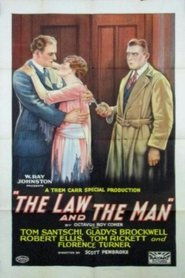 A silent film from the end...
A silent film from the end...The Law and the Man 1928
A silent film from the end of the silent era.
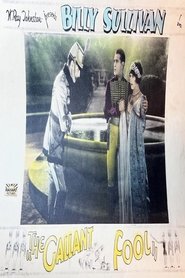 A young American arrives in Valdonia...
A young American arrives in Valdonia...The Gallant Fool 1926
A young American arrives in Valdonia to collect a debt which the kingdom owes to his millionaire father. He impersonates a Valdonian prince for a day and wins the love of Princess Iris, the queen of the kingdom.
 Young New York playboy Stephen Winthrop...
Young New York playboy Stephen Winthrop...For Another Woman 1924
Young New York playboy Stephen Winthrop inherits the entire estate of his wealthy Canadian uncle but pays scant attention to it, preferring the "party" life in New York. He is unaware that the family attorney, Frank Garson, has forbidden hunting on the Winthrop lands in Canada, cutting off the livelihoods of the local villagers. Mary Cartier, goddaughter of the village priest, travels to New York to try to get Stephen to change the policy. He returns with her to Canada, sees what's going on, and lifts the ban, then decides to stay in Canada. Mary returns to New York to try to help Garson's abandoned and ill wife and child, but the wife dies, and Mary brings back the small child to Canada. The villagers, mistaking the child for Mary's, are outraged at this "scarlet woman" flaunting her illegitimate child and attempt to drive her out. Complications ensue.
 The Thanhouser Companys tworeel adaptation of...
The Thanhouser Companys tworeel adaptation of...The Picture of Dorian Gray 1915
The Thanhouser Company's two-reel adaptation of Oscar Wilde's eponymous novel. “The plot is unusual, and even though none of the familiar epigrams of the author find their way into the subtitles there is an artistic flavor to the production. Dorian's picture shows evidence in the passing years of his selfish, dissipated life, though his own countenance remains unchanged. Harris Gordon handles the leading role effectively, and Helen Fulton was pleasing as the ill-fated young actress who won Dorian's heart." - The Moving Picture World, July 31, 1915.
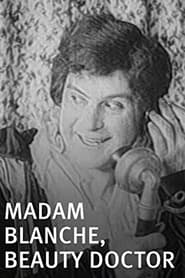 A good example of the clever...
A good example of the clever...Madam Blanche, Beauty Doctor 1915
A good example of the clever light comedy Thanhouser produced for its Falstaff label, while other studios cranked out broad slapstick comedies. Harry Benham and Mignon Anderson were versatile and popular Thanhouser stars, here showing considerable skill in light comedy, a genre that invites plenty of satirical social observation such as the burgeoning beauty-salon industry here. Cinema technique shows much more intricate editing and freer use of closeups than just a year or two earlier.
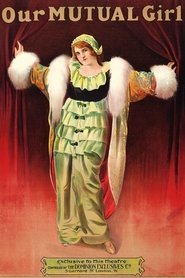 Our Mutual Girl was unique Not...
Our Mutual Girl was unique Not...Our Mutual Girl 1914
Our Mutual Girl was unique. Not quite a serial, not quite a newsreel and not strictly an advertisement, it combined elements of all three. In 52 weekly one-reel episodes, running from January 19, 1914 to January 11, 1915, the Mutual Girl outwitted villains, saw the sights of New York, met with theatrical and political celebrities (who frequently helped her out of trouble) and tried on fashionable outfits in chic stores. The fashions were an early example of product placement, although apparently not paid placement.
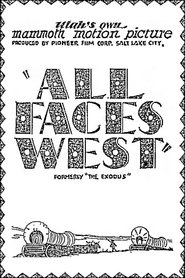 Outlaw trio joins wagon train planning...
Outlaw trio joins wagon train planning...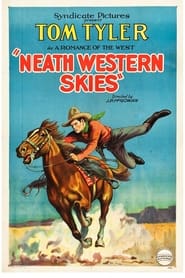 Ranch owner Tex McCloud is convinced...
Ranch owner Tex McCloud is convinced...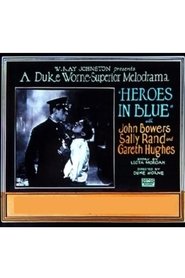 A standoff of pride between two...
A standoff of pride between two...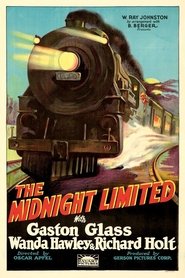
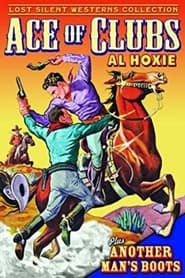 Cowboy Jack Horton searches for the...
Cowboy Jack Horton searches for the...

